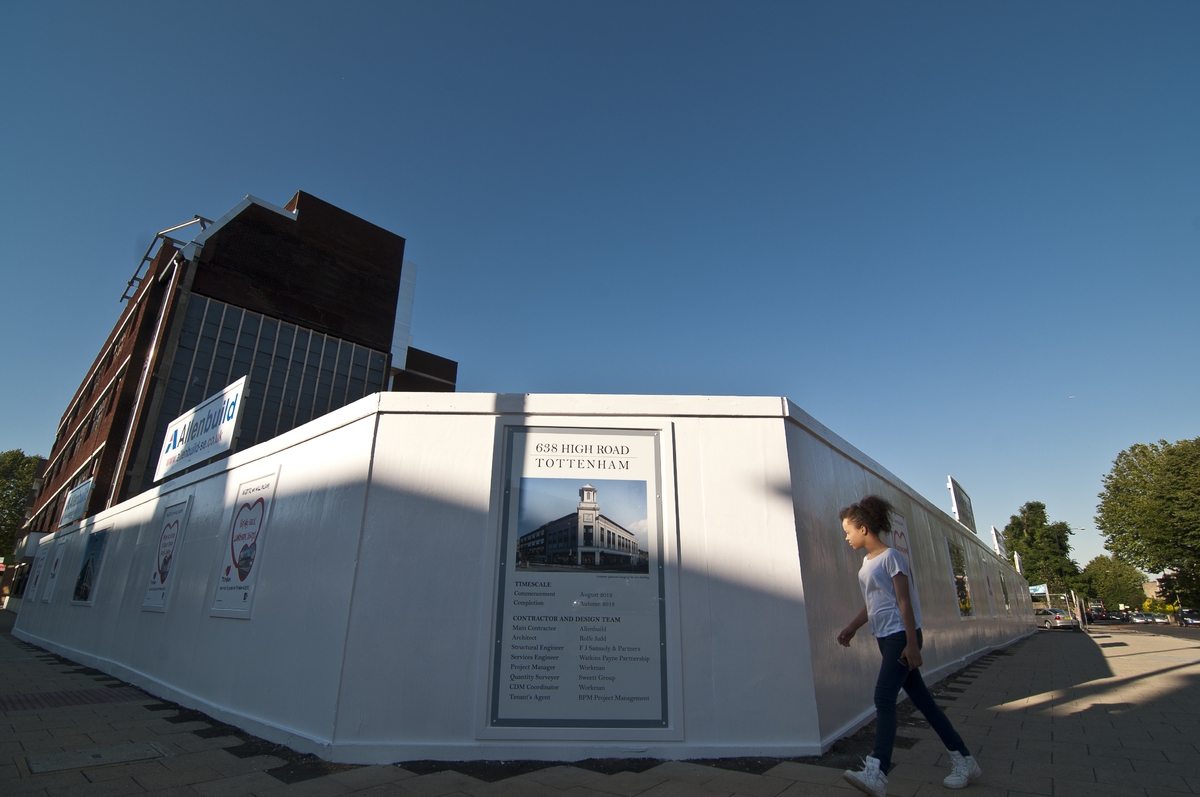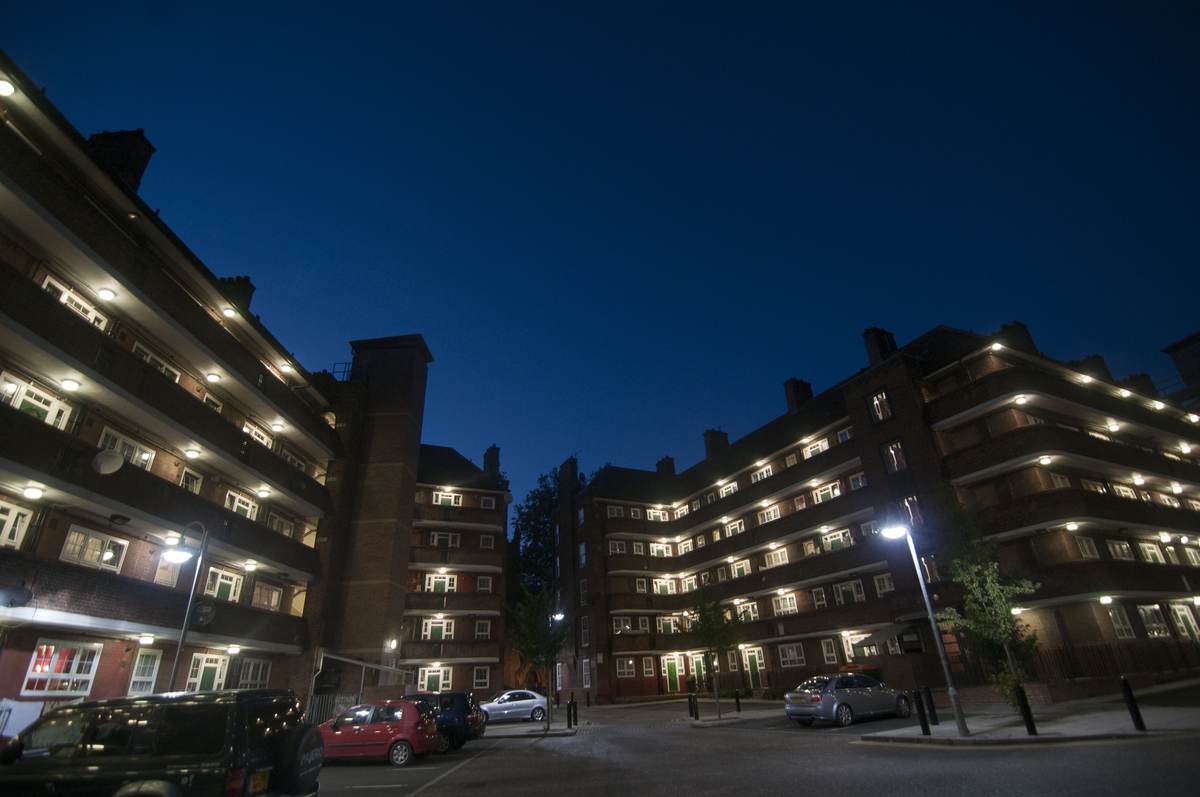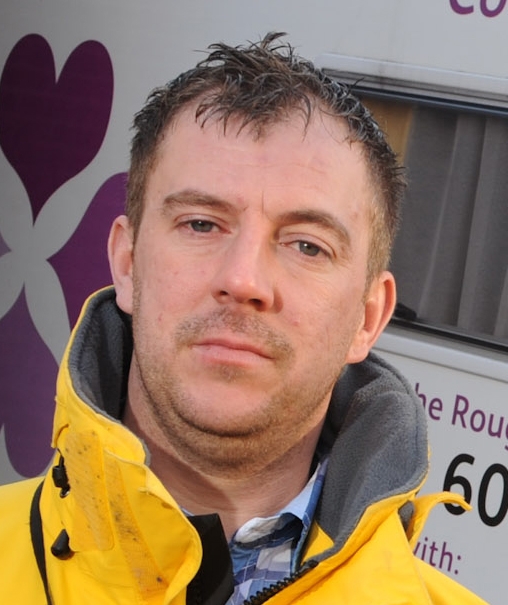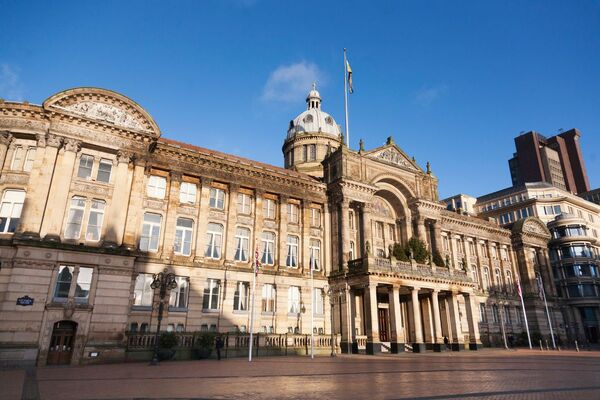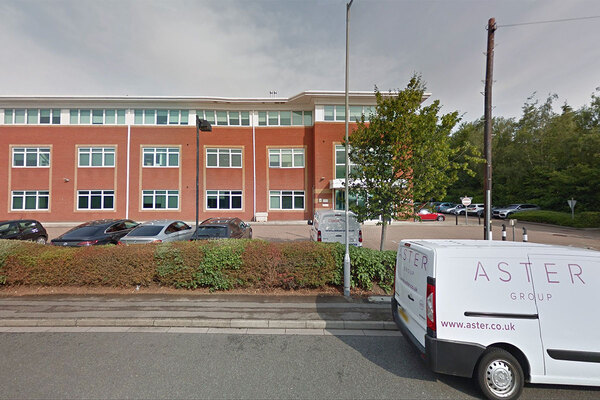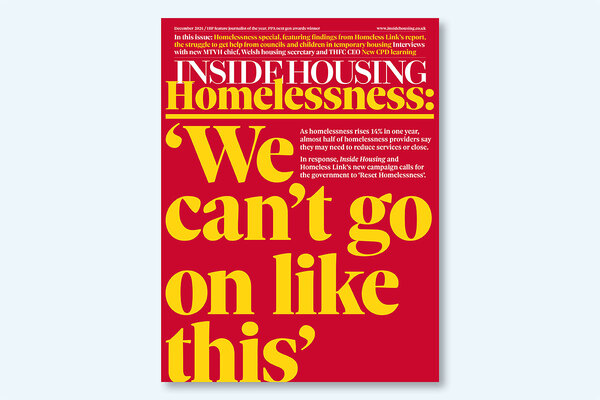The riots one year on
Next month marks the first anniversary of the riots which ripped through England. Here, Nick Duxbury asks front line housing professionals how the experience has changed their working lives.
A year ago England was hit by a shocking wave of violence and looting which spread across London and exploded onto the streets of Birmingham and Manchester.
As millions of horrified people watched looping clips on their television of mobs smashing shops, burning cars and attacking police, social landlords across the country witnessed the unrest on their doorsteps.
During the week-long reign of terror, scores of homes were destroyed by fire and their occupants left homeless, while housing offices were among the buildings vandalised.
In the initial wake of the destruction, Inside Housing met some of the front line housing professionals who witnessed the disorder and acted to protect residents.
As the anniversary of the riots approaches, we turned to the same organisations to find out what difference a year makes and we found that many are still picking up the pieces.

Metropolitan Housing Association saw 22 flats destroyed in a blaze started by rioters. The site awaits redevelopment.
Haringey Council: the local authority housing department
Tottenham is where the disorder that spread throughout England began. The north London borough of Haringey suffered massive levels of destruction on Sunday 7 August, following the police shooting of local man Mark Duggan.
The chaos that followed left 58 homes damaged or destroyed and the council facing a huge challenge to rehouse families. Among the homes destroyed were 22 flats part-owned by Metropolitan Housing Association which burnt to the ground when rioters torched an Allied Carpets shop located below the River Heights scheme.
Of the 38 households that lost their homes completely, four are approved homeless cases in temporary accommodation and the rest have been either found private rented sector accommodation, or been placed in permanent sheltered accommodation or have been given a housing association tenancy.
‘We didn’t want families to have to call different councils and organisations, so that’s why we put two project officers in place at the end of September,’ explains Mark Billings team leader, private sector lettings at Haringey Council. ‘They became the link for all those who lost their properties and they stayed in post until a month ago.’
Much of the work the department carried out since then has involved helping families write riot insurance claims, the majority of which have been settled. ‘We sat there and went through itemising everything; how many knives and forks you have, what shampoos you had in your bathroom - this stuff went on for pages and pages. After everything these families had been through, this was the last thing they needed.’
When Inside Housing spoke to Mr Billings in the week after the riots, he told of the donations that had flooded in from church groups and other organisations. He says this generosity has continued in the months that followed. The council received a donation from Samsung which included 15 televisions, 10 wide screen televisions, 15 fridge-freezers, and 10 washing machines.
Mr Billings is still working with other landlords such as Metropolitan. Some residents from the 36,000-home association’s destroyed River Heights scheme have moved to permanent new accommodation, while others are waiting for the redevelopment of the site where work is due to start next month.
He says a number of younger residents who moved outside the borough after the riots have since returned to Tottenham, often driven by a sense of local pride instilled in the area by campaigns such as ‘I love Tottenham’, which was launched following the riots to bolster community spirit.
‘You look back and you can’t comprehend how it happened,’ he concludes. ‘We were there from Sunday morning for two months, morning to night, our feet didn’t touch the ground.
‘I remember meeting one chap stinking of smoke in a ski jacket, bare chest, shorts and work shoes - and that’s all he had apart from a phone number for a friend in Africa. That one-on-one experience in the first weeks meant a lot of staff felt valued. For many, it reminded them why they went to work for a local authority in the first place.’

Hackney’s Pembury Estate was physically unscathed by the riots but the community was damaged.
Peabody: the Pembury estate, Hackney
Hackney in east London was hit hard by the riots. Mobs stormed shops in broad daylight, set alight cars and fought running battles with police.
Much of the disorder took place around Mare Street before police forced rioters into Clarence Road. Peabody’s neighbouring Pembury estate was widely misreported as being at the epicentre of the disorder. And 12 months after the riots broke out, residents of the 1,253-home estate still feel unfairly tarred by their proximity to the destruction.
‘Luckily we received no damage at all to our properties,’ recalls Tayo Waters, a caretaker who has worked on the estate for nine years. ‘What we saw in the block was just cosmetic - I think the shopkeepers took the brunt of it. On the street outside the shops had been smashed, there were burnt out cars, the lamps had been burnt, the road surface had been burnt, and the bins had been burnt.
‘I was surprised they didn’t do more damage [to the estate]. It was mostly empty bottles of vodka and stuff kids had left on the wall while watching.’
While the physical damage to the estate was limited, the damage caused to the community by the media attention would take far longer to heal.
In the weeks after the trouble, police visited Vatel Ntankeu Mbami, assistant head of neighbourhoods for Hackney and Islington at Peabody, with hundreds of photographs of those suspected of involvement in the rioting. After going through all the images, just three were found to have been residents.
‘There was definitely an unfair portrayal of the riots on the Pembury estate,’ he says.
‘What we saw on the telly and in the papers was completely untrue. It has been really damaging to the prospects of young people we have been trying to help. We had one young man who was applying to do gas work. He sent his CV to contractors, but he put the address of a friend on the CV because he was worried about what employers would think.’
Both Ms Waters and Mr Mbami say Pembury’s residents have moved on with their lives. However, Mr Mbami, who has been running a series of community programmes and workshops for residents - including a parenting programme which is targeted at troubled families on the estate, and one in conjunction with the University of Greenwich to help tenants launch their own community initiatives - has noticed a discernible change in attitude on the estate.
‘It is not dissimilar on the estate to what it was before the riot,’ he reflects. ‘However, now people know riots can happen, and they know community actions have consequences. Before it was more of a struggle for us to make people to understand the benefits of community initiatives - now they listen more and it is easier to sell.’

Midland Heart: the homelessness outreach team
Members of Midland Heart’s outreach team saw a particularly ugly side to the riots - one ignored by TV cameras and newspapers.
As revealed by Inside Housing rough sleepers were subjected to brutal attacks by rioters in Birmingham. The team found rough sleepers had been kicked and punched. One had his jaw broken while another had been threatened with a knife and forced to join the disorder before escaping the mob.
Staff on the outreach team even witnessed a Tesco being looted as they spent the second and third days of the week-long riots working to protect rough sleepers.
‘We went to each of the hot spots for rough sleeping and warned them of the danger,’ recalls outreach worker Colin Parry (pictured). ‘We had a few staff members who were a bit shocked by what they had seen. We were pretty cautious for a week or so afterwards when we were out and about.’
Nearly one year on, Mr Parry says the riots have been largely forgotten on the streets of Birmingham. Rough sleeper numbers have not changed, nor has there been any impact on the number of volunteers.
‘I don’t think it has left a lasting impression on rough sleepers,’ he says. ‘It feels broadly forgotten about. In the initial first week after, people weren’t bedding down in the city centre. However, after that things carried on as before.’
Does he think the riots will happen again? ‘It’s hard to say. The police handed out some pretty strict sentences, so I’d be surprised if it happened again - certainly not on that scale.’

